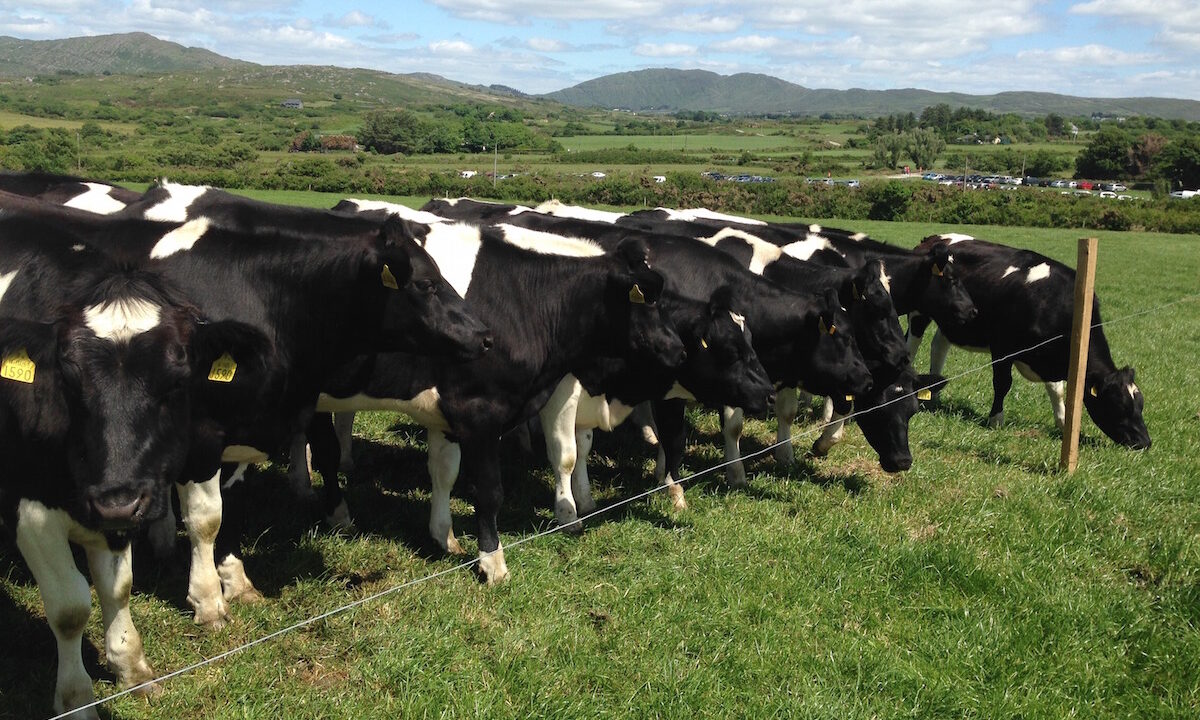Greenhouse gas (GHG) emissions from agriculture increased by 1.5% in 2015 (0.30 MtCO2eq), a report by the Environmental Protection Agency (EPA) has found.
In 2015, GHG emissions increased by 3.7% on 2014 and the EPA found that agriculture remains the single largest contributor to overall emissions at 33% of the total.
A 7.7% increase in dairy cow numbers, along with a 13.2% increase in milk production are attributed to the rise in emissions.
These increases reflect national plans to expand milk production under Food Wise 2025 and the removal of the milk quota in 2015, the report found.
Furthermore, increased CO2 emissions were seen from the application of lime (2.7%) and urea (12.8%). Total fossil fuel consumption in agriculture/forestry/fishing activities decreased by 4.7% in 2015.
This, it said, reflected long-term decline in livestock populations and in fertiliser use due to the Common Agricultural Policy (CAP).
Emissions from agriculture in 2015 are now 5.7% below their 1990 levels, however, they have increased for three out of the last four years, 2012, 2013 and 2015.
Earlier this year, an update from the EPA on Ireland’s GHG emission projections to 2020 found that agriculture emissions are projected to increase by 7% in the period 2014 to 2020 under the ‘with measures’ scenario.
The ‘with measures’ scenario assumes that no additional policies and measures, beyond those already in place by the end of 2014 (latest national greenhouse gas emission inventory), are implemented.
This scenario assumes implementation of the with measures scenario in addition to full achievement of Government renewable and energy efficiency targets for 2020, as set out in the National Renewable Energy Action Plan and the National Energy Efficiency Action Plan.
Both of these scenarios are based on an analysis undertaken by Teagasc of the proposed national herd, crop areas and fertiliser use to meet the overarching objectives of Food Wise 2025.
The dairy cow herd is projected to increase by 16% on current levels while the beef herd is projected to remain relatively static to 2020.
Nitrogen fertiliser use is projected to increase by 21% by 2020. Fertiliser use efficiency gains are assumed under the with additional measures scenario, the EPA said.
